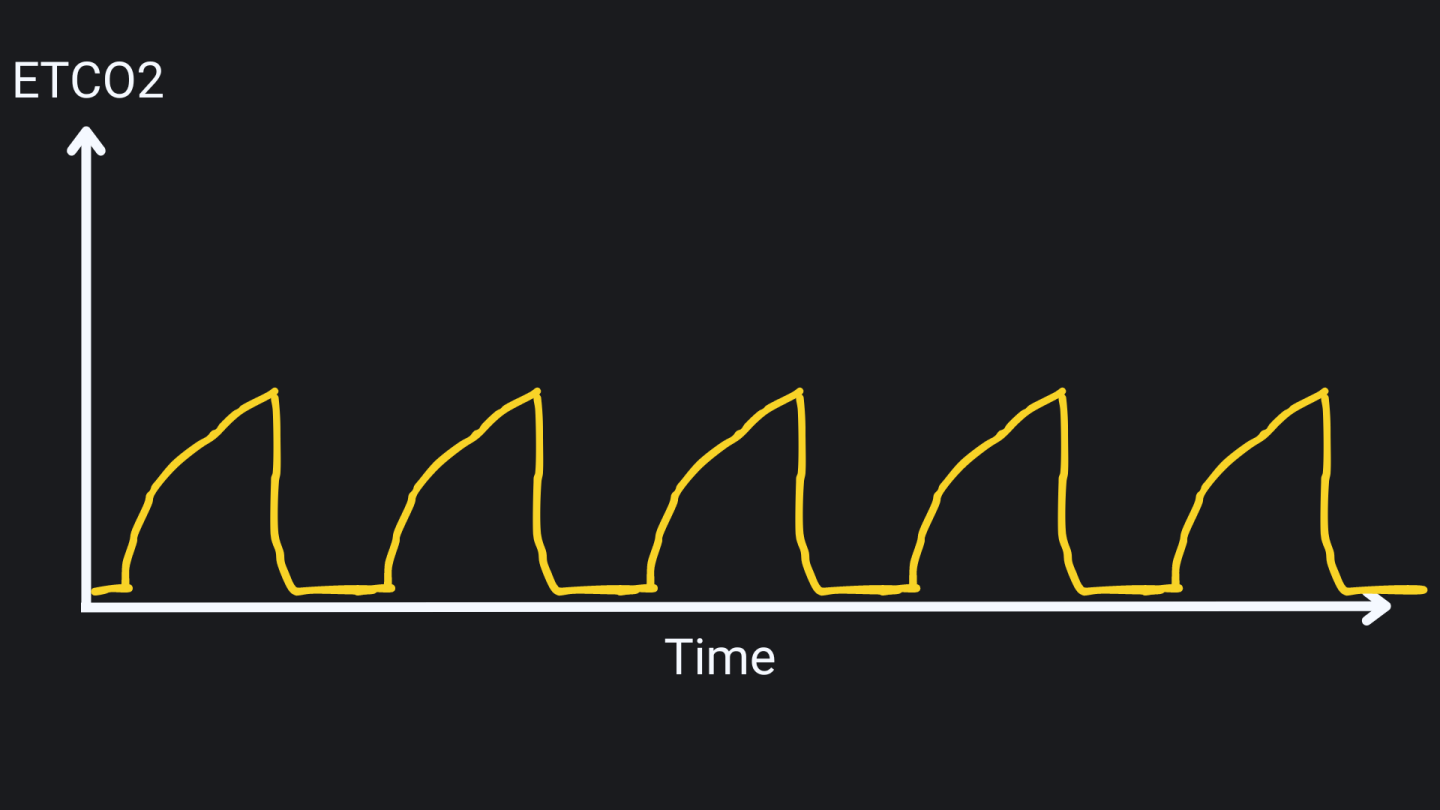EMS Training and Education
Baltimore City Fire Department trains to go above and beyond the call of duty for the patients they serve
To make an effective splint, focus on the craft rather than focusing on the device
Make your patient feel less like a sack of potatoes with these tips from Steve Whitehead
With newly licensed paramedics, the Spring Lake Fire Department is one of only three departments in the county to offer ALS
The clinical, cognitive and potential risk considerations in lift-assists, which are more complex than we realize
Understand how continuous waveform capnography and ETCO2 monitoring during CPR can improve cardiac arrest outcomes
Be the person you needed when you were new and set a positive example on every shift
Show off the strength of your medical vocabulary with this 10-question quiz of medical terms every EMT should know
Learn how to differentiate supraventricular tachycardia from sinus tachycardia on ECGs by examining P wave visibility, heart rate, and rhythm regularity.
Quickly and confidently interpret EKG rhythms using this 10-step method tailored for EMS providers, helping improve prehospital cardiac care
Learn how waveform capnography enhances patient assessment, guides treatment and improves outcomes in respiratory arrrest and distress
Memorization of acronyms does not necessarily translate to understanding; here’s a breakdown of what DCAP-BTLS means
From blocked bridges to trekking through the snow with gear in hand — how EMS providers in the New Orleans region responded
West Falls EMT Clara Stucker’s Seal of Civic Readiness project introduces a self-defense program tailored specifically to fire and EMS personnel
Mountwest Community & Technical College is enhancing its EMS training with interactive patient simulations
High-stress decisions and human limitations demand more than just training
Learn the key differences, signs and symptoms of compensated and decompensated shock to improve prehospital recognition and response
Steve Whitehead breaks down pulse ox plethysmography
Chest pain, rapid heartbeat, shortness of breath: While panic attacks and anxiety attacks share common symptoms, they also have distinct differences
EMS clinicians should rely on their assessment and facts when assessing people with a suspected factitious disorder
In this EMS One-Stop episode, Dr. Dave Williams explains how a new master’s-level course will empower leaders to solve systemic challenges using proven methodologies — and why quality must be a leadership priority
Make no mistake, every EMS provider in every state has a duty to perform a full and complete assessment on every living patient
Ivy Tech Community College Kokomo’s Paramedic Science program will be graduating paramedics in four semesters rather than five in the traditional program
Learn how long classes take, what they cost and what supplies and uniforms you’ll need to begin your EMT school journey
Identifying and treating tension pneumothorax, a life-threatening condition that can occur with chest trauma
OPQRST is an important part of patient assessment and the start of a conversation with the patient about their pain complaint
CoAEMSP issues first in the nation Letter of Review for voluntary AEMT accreditation to S.C. college
Midlands Technical College becomes the first AEMT program in the U.S., marking a major step toward national accreditation
Capnography and ETCO2 monitoring are critical for assessing ventilation, confirming airway placement and guiding resuscitation
National fire and EMS groups wrote a letter to HHS Secretary RFK Jr. stating that cuts to firefighter safety programs could have long-term consequences for first responder health
MOST POPULAR
- Ala. fire chief addresses ‘inappropriate’ EMS training scenario
- 5 phases of the active shooter/killer
- The basics of thoracic trauma: It’s all about airflow and pressure
- Retention, pay highlighted in Minn. EMT training program
- EMS, fire officials warn FEMA: Halting National Fire Academy training puts public safety at risk






























